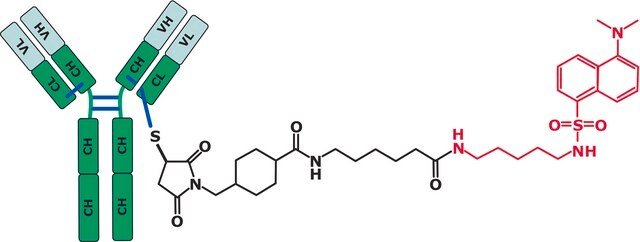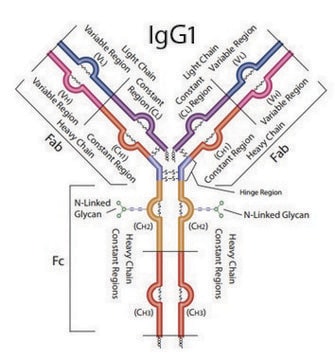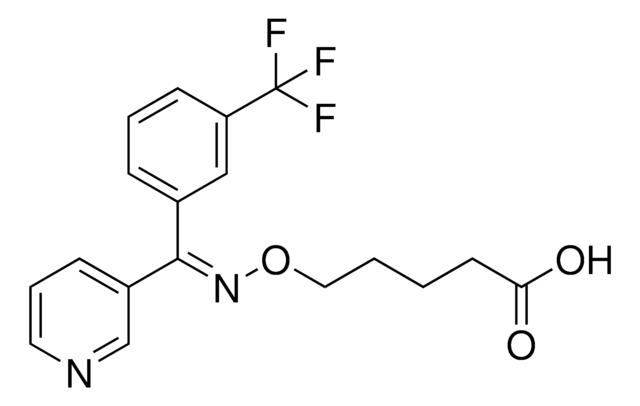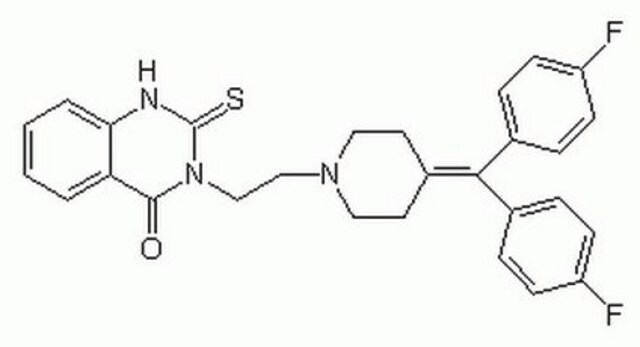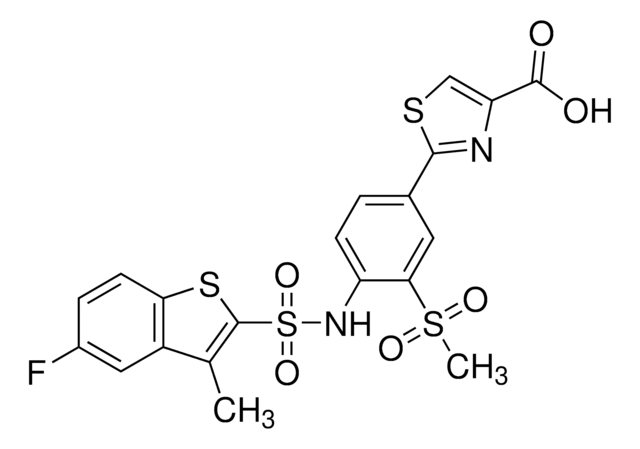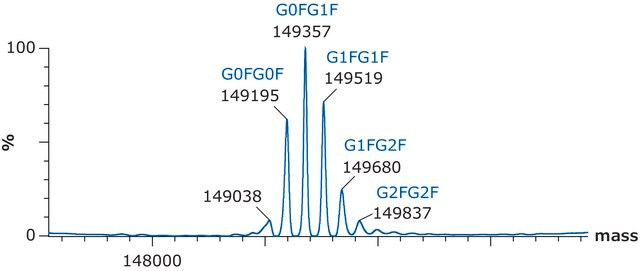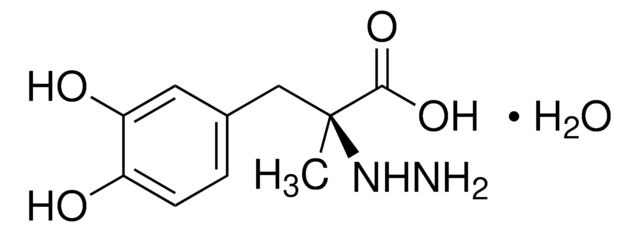Kluczowe dokumenty
SML0130
Loxiglumide
≥97% (HPLC)
Synonim(y):
4-[(3,4-dichlorobenzoyl)amino]-5-[(3-methoxypropyl)pentylamino]-5-oxo-pentanoic acid, CR 1505
About This Item
Polecane produkty
Poziom jakości
Próba
≥97% (HPLC)
Formularz
powder
warunki przechowywania
desiccated
kolor
white to beige
rozpuszczalność
DMSO: ≥5 mg/mL
temp. przechowywania
2-8°C
ciąg SMILES
CCCCCN(CCCOC)C(=O)C(CCC(O)=O)NC(=O)c1ccc(Cl)c(Cl)c1
InChI
1S/C21H30Cl2N2O5/c1-3-4-5-11-25(12-6-13-30-2)21(29)18(9-10-19(26)27)24-20(28)15-7-8-16(22)17(23)14-15/h7-8,14,18H,3-6,9-13H2,1-2H3,(H,24,28)(H,26,27)
Klucz InChI
QNQZBKQEIFTHFZ-UHFFFAOYSA-N
Działania biochem./fizjol.
Hasło ostrzegawcze
Warning
Zwroty wskazujące rodzaj zagrożenia
Zwroty wskazujące środki ostrożności
Klasyfikacja zagrożeń
Acute Tox. 4 Oral
Kod klasy składowania
11 - Combustible Solids
Klasa zagrożenia wodnego (WGK)
WGK 3
Temperatura zapłonu (°F)
Not applicable
Temperatura zapłonu (°C)
Not applicable
Wybierz jedną z najnowszych wersji:
Certyfikaty analizy (CoA)
Nie widzisz odpowiedniej wersji?
Jeśli potrzebujesz konkretnej wersji, możesz wyszukać konkretny certyfikat według numeru partii lub serii.
Masz już ten produkt?
Dokumenty związane z niedawno zakupionymi produktami zostały zamieszczone w Bibliotece dokumentów.
Nasz zespół naukowców ma doświadczenie we wszystkich obszarach badań, w tym w naukach przyrodniczych, materiałoznawstwie, syntezie chemicznej, chromatografii, analityce i wielu innych dziedzinach.
Skontaktuj się z zespołem ds. pomocy technicznej
